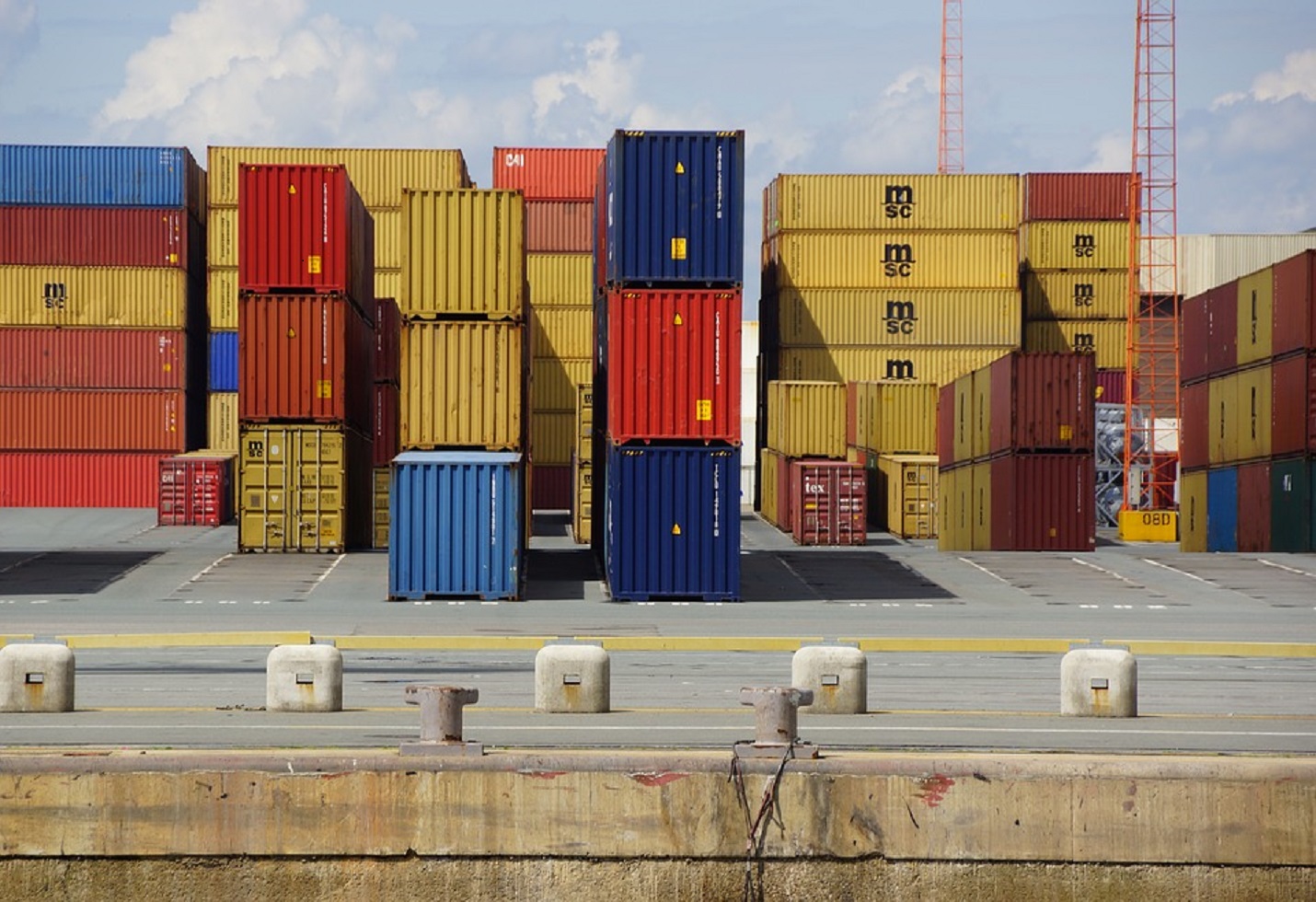Trump Tariffs Jolt Jewellery Stocks: Titan, Kalyan, Senco See Mixed Trade
How Recent US Tariffs on India Are Impacting Jewellery Stocks During a Critical Festival Season
Introduction
The global trade landscape has taken a sharp turn in 2025 with the US imposing steep tariffs on Indian goods, including gems and jewellery exports. This development has sent ripples across the Indian stock markets, with marquee jewellery firms such as Titan Company Ltd, Kalyan Jewellers, and Senco Gold & Diamonds exhibiting mixed trading patterns. Despite the festive season buoying domestic demand, these companies face the dual challenge of tariff-related export uncertainties and fluctuating investor sentiment.
Impact of Trump Tariffs on Indian Jewellery Stocks
The imposition of tariffs by the US administration on Indian exports, including precious metals and gems, has placed added strain on companies heavily invested in overseas markets. Titan and Kalyan Jewellers, with significant international footprints, are directly affected by the additional 25%-50% duty on Indian jewellery products.
The tariffs are expected to increase costs for US consumers and importers, which may dampen demand or shift sourcing to alternate markets. This scenario introduces volatility and caution into stock valuations of jewellery companies.
Yet, the impact has been uneven. While stocks like Titan, often fortified by diversified business segments including watches and lifestyle products, have managed to retain better investor confidence, others like Kalyan Jewellers and Senco Gold have shown sharper price fluctuations amid profit-taking and uncertainty
Market Performance: Titan, Kalyan Jewellers, and Senco Gold
Titan Company Ltd
Titan’s shares have experienced mixed trading, reflecting resilience due to its balanced business model. Though exposed to tariffs, Titan’s strong domestic brand and aggressive marketing have helped absorb some external shocks. Recent market data show cautious buying interest as investors weigh festival-related sales boosts against tariff fears.
Kalyan Jewellers
Kalyan Jewellers’ stock price exhibited pronounced volatility post-tariff announcement. The company’s heavy export orientation to the US market means that it faces direct hit from increased duties, pressuring revenue forecasts. However, Kalyan’s expansion in pan-India retail outlets and hyperlocal advertising efforts are viewed as mitigating factors.
Senco Gold & Diamonds
Senco Gold shares have traded mixed, reflecting the challenges posed by the tariffs and intensified competition in the domestic market. Despite this, the company has pursued strategic ad spend optimizations to sustain consumer engagement during the festive period. Analysts view Senco as positioning for longer-term stability despite short-term pressure.
Festival Season Dynamics and Domestic Resilience
India’s jewellery market is heavily influenced by festival seasons such as Onam, Teej, and other regional celebrations occurring in Q3 and Q4. These festivals traditionally witness high consumer footfall, driving sales irrespective of external trade challenges.
Jewellery companies have capitalized on this by boosting advertising spends, shifting towards hyperlocal campaigns aimed at smaller towns and cities. This tactical pivot aims to counterbalance export-related headwinds by strengthening domestic consumption and brand loyalty.
Strategic Responses by Jewellery Players
In response to uncertainties, firms like Titan and Kalyan Jewellers are evolving their marketing strategies, including expanding digital advertising budgets, enhancing supply chain efficiencies, and optimizing product mix towards higher-margin categories. Senco Gold, while smaller, has similarly adjusted ad spends and focused on regional market penetration.
Additionally, industry analysts suggest that companies with diversified revenue streams beyond pure jewellery—such as Titan’s lifestyle accessories—are better equipped to weather tariff-driven disruptions.
Analyst Perspectives and Forward Outlook
Market analysts generally concur that while US tariffs pose a near-to-mid-term headwind, the long-term growth potential for India’s gems and jewellery sector remains intact. Structural factors such as rising domestic disposable incomes, urbanization, and evolving consumer preferences continue to support demand.
The sector’s ability to navigate tariff challenges will hinge on agile supply chain management, pricing adjustments, and strengthened domestic retail presence. Investors are advised to adopt a cautious but optimistic stance, monitoring quarterly earnings and policy developments closely.
Conclusion
The recent US tariffs on Indian exports have introduced fresh volatility for gems and jewellery stocks like Titan, Kalyan Jewellers, and Senco Gold. Despite mixed trading and concerns over export cost pressures, the companies’ proactive domestic marketing efforts and the boost from the festival season provide offsets to immediate challenges.
As India’s jewellery market balances global trade challenges with strong internal demand, stocks in this segment are likely to remain active trading picks with evolving risk-reward dynamics. Investors should stay informed on tariff implementations and company strategies to make prudent investment decisions.
The image added is for representation purposes only










